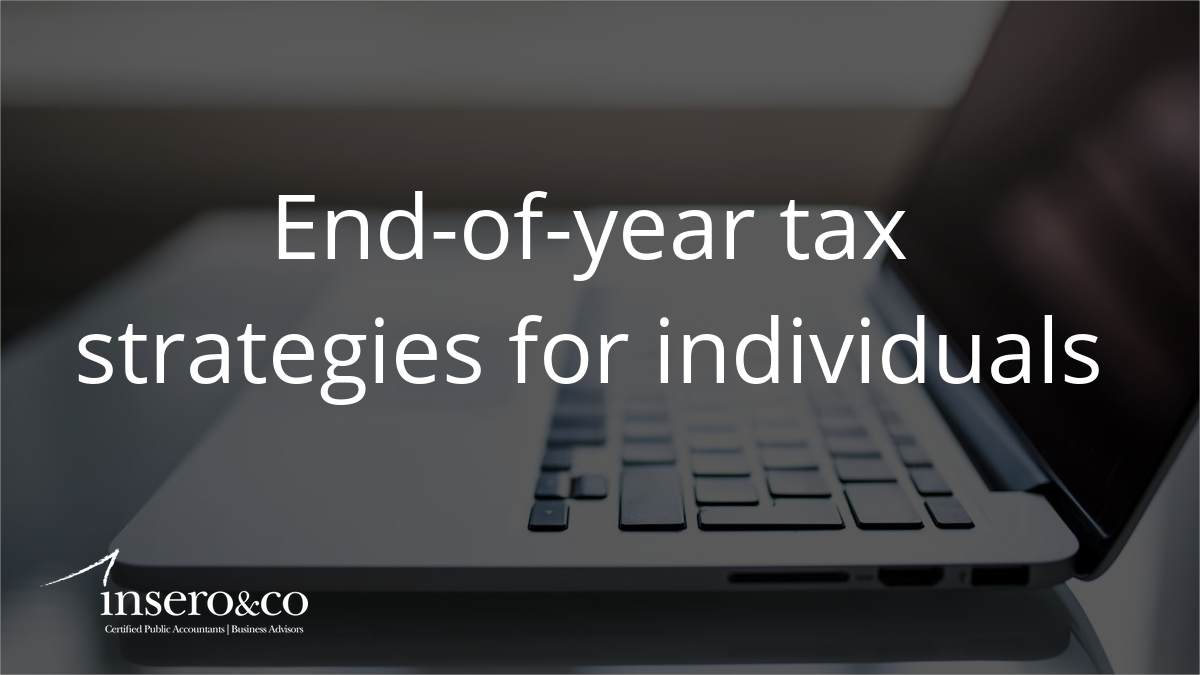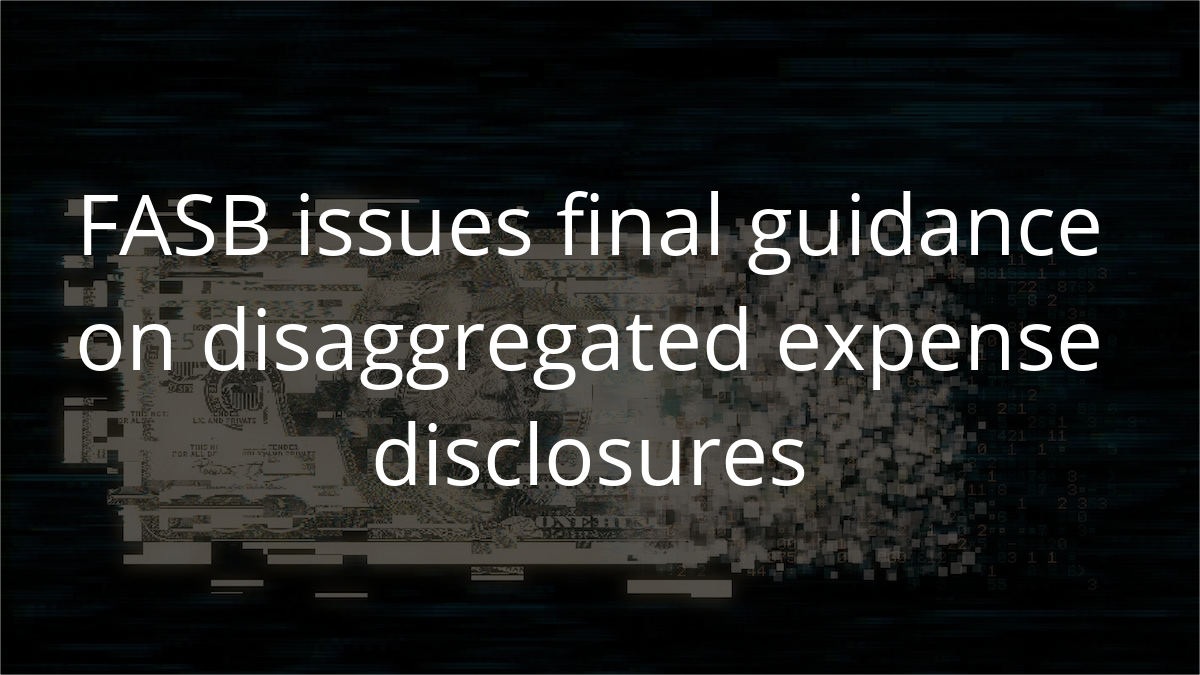ARTICLE | June 27, 2022
College is a significant investment, whether you’re paying for your own education or a dependent’s. Thankfully, there are tax credits to help defray the costs.
In the United States, there are two specific tax credits for education: The American Opportunity Tax Credit (AOTC) and the Lifetime Learning Credit (LLC).
Each credit has its own advantages for taxpayers, and there are certain requirements to claim each credit. In this article, we will cover everything you need to know about these two educational tax credits.
What are tax credits?
First, it’s important to clear up some confusion regarding tax credits and tax deductions. Credits and deductions are two separate things, though they both save you money on taxes.
A tax credit can be used to pay a tax liability. For example, if a taxpayer has a federal tax bill of $5,500 and a tax credit of $2,500, the taxpayer may use the credit to pay $2,500 of the liability. Some tax credits are refundable, meaning that a taxpayer may receive a refund if the tax credit exceeds their tax liability.
A tax deduction on the other hand is an amount deducted from your taxable income. For example, if a taxpayer earned $100,000 and had a deduction of $10,000, then they would owe taxes on the net of $90,000.
Who can claim tax credits for education?
Even though each tax credit has its own guidelines and limitations, a taxpayer must meet the following requirements to be eligible for either one:
- You, your dependent, or a third party pays qualified education expenses for higher education.
- An eligible student must be enrolled at an eligible educational institution.
- The eligible student is yourself, your spouse, or a dependent you list on your tax return.
A taxpayer is not eligible for either of the tax credits if:
- Someone else, such as your parents, list you as a dependent on their tax return.
- Your filing status is married filing separately.
- You already claimed or deducted another higher education benefit using the same student or same expenses.
- You (or your spouse) were a non-resident alien for any part of the year and did not choose to be treated as a resident alien for tax purposes.
American Opportunity Tax Credit
The American Opportunity Tax Credit (AOTC) AOTC is available for the first four years of higher education and provides a maximum of $2,500 per student per year.
The amount of the credit is 100% of the first $2,000 of qualified education expenses paid for each eligible student and 25% of the next $2,000 of qualified education expenses paid for that student – for a total of $2,500. Qualified expenses include tuition, required enrollment fees, student activity fees, books, and supplies.
To qualify for the American Opportunity Tax Credit (AOTC), the student must:
- Be pursuing a degree or other recognized education credential,
- Be enrolled at least half time for at least one academic period beginning in the tax year,
- Not have finished the first four years of higher education at the beginning of the tax year,
- Not have claimed the AOTC or the former Hope credit for more than four tax years, and
- Not have a felony drug conviction at the end of the tax year.
There are income limitations for the AOTC:
- To claim the full credit, the taxpayer’s modified adjusted gross income (MAGI) must be $80,000 or less ($160,000 or less for married filing jointly).
- The taxpayer receives a reduced credit amount if their MAGI is over $80,000 but less than $90,000 (over $160,000 but less than $180,000 for married filing jointly).
- The taxpayer cannot claim the credit if their MAGI is over $90,000 ($180,000 for joint filers).
The full AOTC credit is worth $2,500 per student annually. Taxpayers may use it for the first four years of enrollment at an eligible college or vocational school, and it’s partially refundable. If the credit reduces a taxpayer’s tax liability to $0, then the taxpayer may receive a refund of 40% of the remaining credit amount (up to $1,000).
Lifetime Learning Credit
Students who aren’t eligible for the AOTC may still qualify for the Lifetime Learning Credit (LLC). The AOTC helps taxpayers claim a tax credit of up to $2,000 per tax return to cover the costs of college and continuing education for themselves, a spouse or dependent children. This credit is often used to help pay for professional degree courses as well as graduate courses, though you may use it for undergraduate courses too. Unlike the AOTC, a taxpayer may claim the LLC for any number of tax years as long as the qualifications are met.
The amount of the credit is 20% of the first $10,000 of qualified education expenses for a maximum of $2,000 per return. Qualified expenses include tuition, fees, books, supplies and equipment.
To qualify for the Lifetime Learning Credit, the taxpayer must:
- Be enrolled or taking courses at an eligible educational institution.
- Be taking higher education course or courses to get a degree or other recognized education credential or to get or improve job skills.
- Be enrolled for at least one academic period beginning in the tax year.
Unlike the American Opportunity Tax Credit, the student doesn’t need to pursue a degree to qualify for the LLC. Also, the Lifetime Learning Credit doesn’t have any requirements regarding felony drug convictions.
However, there are income limitations for the LLC:
- To claim the full credit for 2021, the taxpayer’s modified adjusted gross income (MAGI) must be $59,000 or less ($118,000 or less for married filing jointly).
- For 2021, the amount of your LLC is gradually reduced (phased out) if your modified adjusted gross income is between $59,000 and $69,000 ($118,000 and $138,000 for married filing jointly).
- You can’t claim the credit if your modified adjusted gross income is $69,000 or more ($138,000 or more for married filing jointly).
The LLC provides a maximum credit of $2,000 per tax return no matter how many students qualify for the credit in a single tax year. The credit is not refundable.
Which education tax credit should I use?
The American Opportunity Tax Credit is almost always the better option for undergraduate expenses. It provides the most value dollar-for-dollar, and it’s up to 40 percent refundable. The maximum credit is $2,500 per year.
However, some students don’t qualify for the AOTC. If your situation doesn’t meet the qualifications listed above, take advantage of the LLC. If you qualify for this credit, you may still see significant savings on your tax return.
Are there any other tax savings available for education?
After 2020, there aren’t any deductions for tuition and fees, which are usually the bulk of educational expenses, but there are other tax savings available.
Student Loan Interest Deduction
The student loan interest deduction is a popular tax benefit. It reduces your taxable income according to the interest you paid throughout the year on your student loans. If you paid more than $600 in interest on a student loan, you should receive a 1098-E tax form that displays that amount of student loan interest you can claim on your tax return.
You may deduct up to $2,500 in student loan interest per student, and you don’t need to itemize your deductions to claim it. However, there are other requirements for tax year 2021:
- You paid interest on a qualified student loan;
- You’re legally obligated to pay interest on a qualified student loan;
- Your filing status isn’t married filing separately;
- Your MAGI is less than $85,000 (or $170,000 if married filing jointly); and
- Neither you nor your spouse, if filing jointly, can be claimed as dependents on someone else’s return.
You must also use your student loan for qualified education expenses, which include tuition, fees, books, supplies, transportation, and room and board.
Education and Savings Plans
You may also take advantage of an education savings plan. An education savings plan lets the owner open an investment account to save for a beneficiary’s educational expenses. These accounts provide tax benefits, though they aren’t federally tax-deductible. Instead, your earnings grow tax-free, and you won’t owe taxes when you use the funds to pay for the beneficiary’s qualified education expenses.
There are three options available through state or federal plans:
- 529 (Qualified Tuition) plans,
- Coverdell Education Savings Accounts (ESAs), and
- Custodial Accounts (UTMA/UGMA)
The qualifications and guidelines vary for each plan, so you’ll need to do a bit of research to find the best option for your situation.
Scholarships and Fellowships
If you qualify for a scholarship or fellowship, you may not owe taxes on the amount you receive. However, some scholarships and fellowships are considered taxable income, so check with a CPA for guidance. Usually, these resources are only tax-free if you are a candidate for a degree at an eligible educational institution and you use the scholarship or fellowship to pay qualified education expenses.
Final Thoughts
Educational expenses can quickly add up, especially when you’re paying for undergraduate or post-graduate programs. With a little planning, you can take advantage of these tax credits and savings to reduce your expenses. While this article provides an overview of tax credits and savings, it is not a substitute for speaking with one of our expert advisors. If you would like to discuss tax credits and savings for education, please contact us today.
Do you have questions or want to talk?
Call us at (800) 232-9547 or fill out the form below and we’ll contact you to discuss your specific situation.




